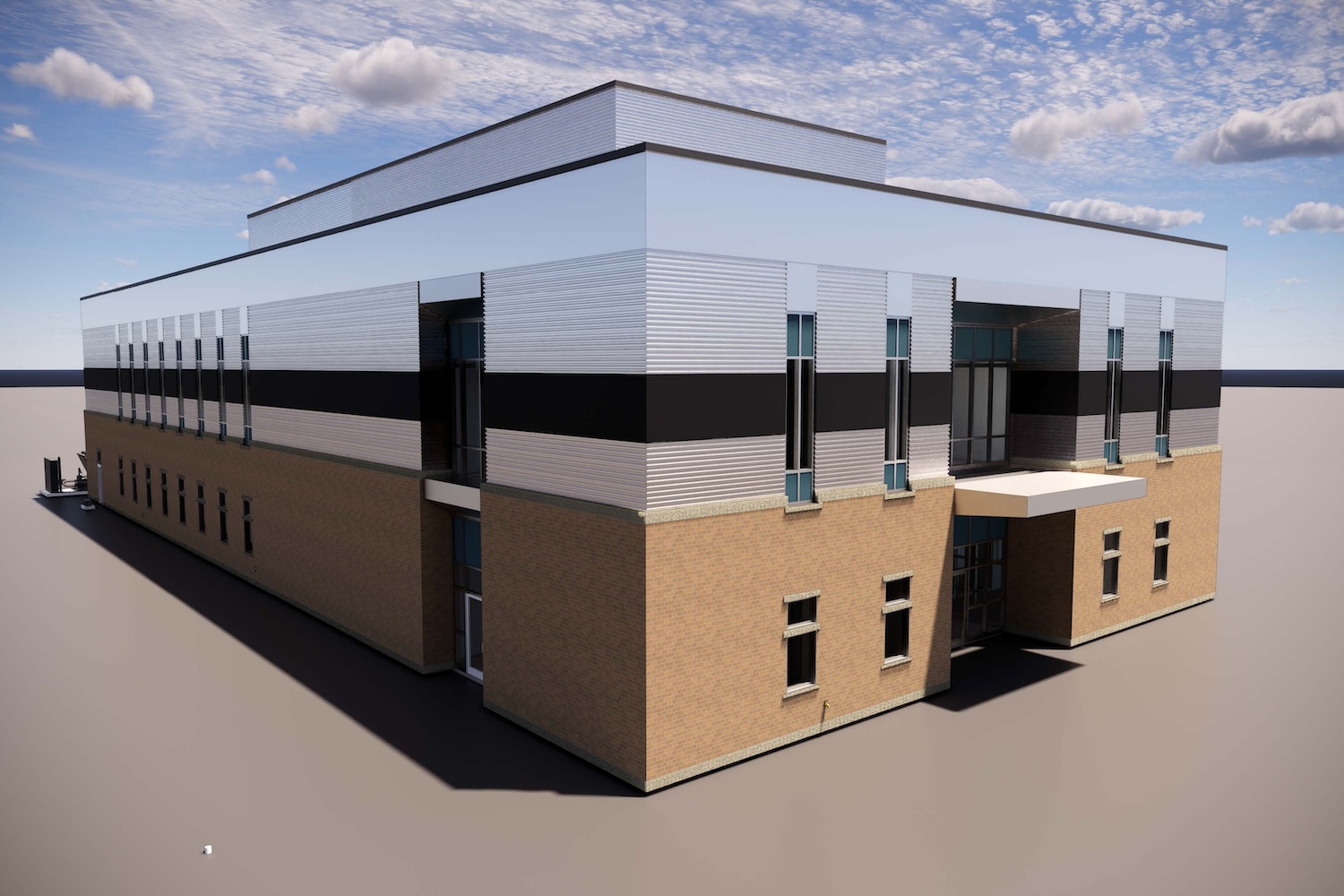The recent excessive heat and dry conditions are evident when you look at the plant life in our area.
There have been isolated showers across the state, but many areas have not received the much needed rain. Unless you have been watering it, the grass in your lawn is probably wilted and browning.
But if you’ve been watering improperly, you may still find yourself with a less-than-healthy lawn.
Raise your mower height
The way you manage your lawn will influence the amount of water required to keep it healthy. Increased nitrogen fertilization and thatch build up increase the amount and frequency of irrigation needed.
During dry periods, raise the mowing height and mow with a frequency in which no more than a third of the leaf tissue is removed. Raising the mowing height will allow the grass to maintain a deeper root system, thereby helping the grass to find more water.
Thatch is plant material between the soil surface and leaves of the turf. A thick thatch layer will increase run-off and encourage a shallow root system. You may need to dethatch your lawn if the thatch layer is thicker than half an inch. Aeration will also help slow down thatch development, increase water infiltration and reduce run-off.
Know when to water
Irrigate your lawn efficiently and effectively to get the most benefit from the water you’re using. Irrigate when you see the signs of moisture stress — a dull and blue-green color, folded leaf blades, wilted blades or when your family’s footprints remain visible in the grass.
Water also needs to be applied at the correct time to achieve the best results. Try to wait to water turf until just before wilt occurs.
The ideal time to water your lawn is before sunrise, but this is not easily accomplished unless you have an automatic sprinkler system or you are an early riser. If you can’t wake before sunrise, water your lawn between midnight and 10 a.m.
Water loss at night from irrigation is 50 percent less than from midday irrigation. Irrigating after dew develops will not increase disease problems because wet grass is wet grass — no matter how much water is applied. In contrast, if you water before dew forms or after the dew has dried from the morning sun, this will extend the period of time when your lawn is wet and may enhance disease development.
Apply the right amount
Homeowners often ask University of Georgia Cooperative Extension agents how much water to apply to their lawn.
Frequent, light irrigations produce shallow root systems, so soak the soil to a depth of 6 to 8 inches. This will require about a half to an inch of water. Applying water to this depth will help prevent the roots from staying near the soil surface and will force them to grow deeper as the soil surface begins to dry out.
Not sure how much water your lawn is getting from the sprinkler? Search caes.uga.edu/Publications/ for irrigation scheduling or contact your local Extension office to guide you.
Hopefully, the much needed rain will arrive soon and give lawns across Georgia relief from the hot and dry conditions. Until then, follow the tips from UGA Extension and water your lawn wisely.







